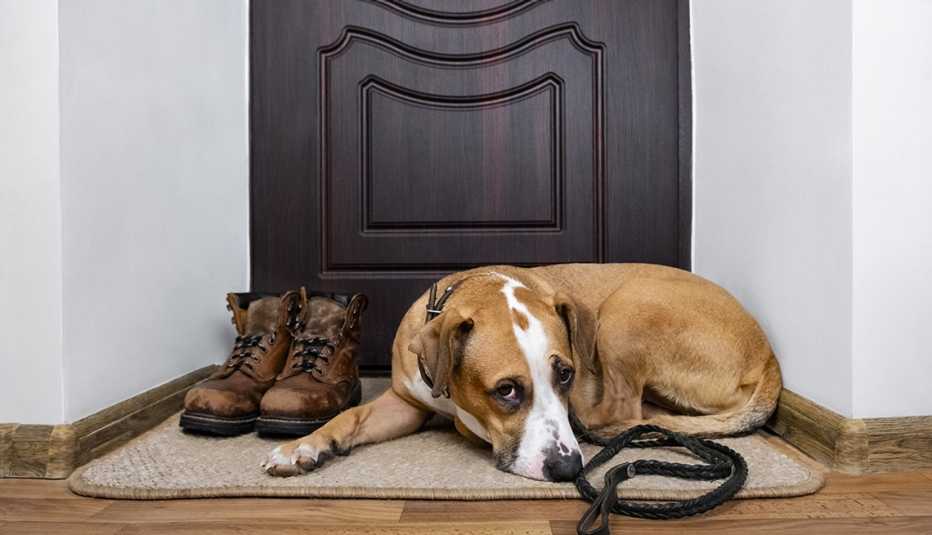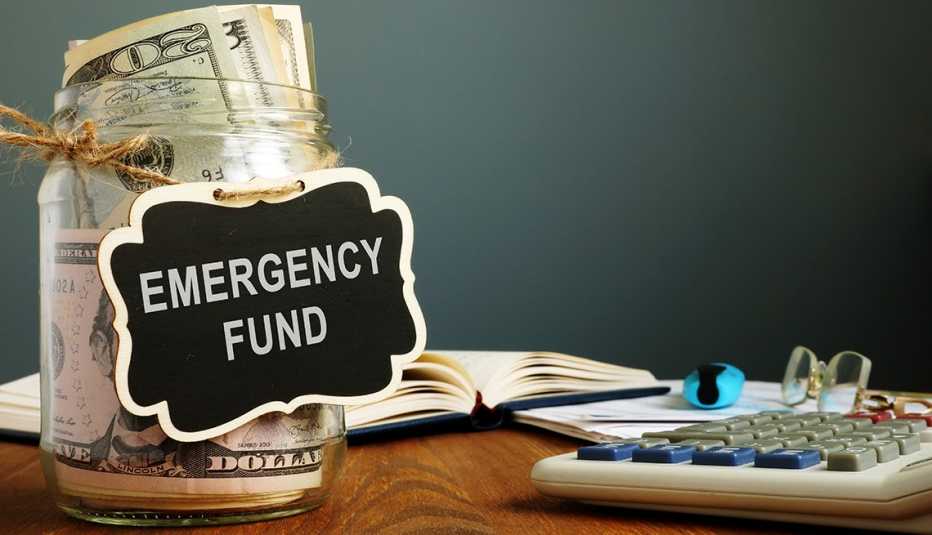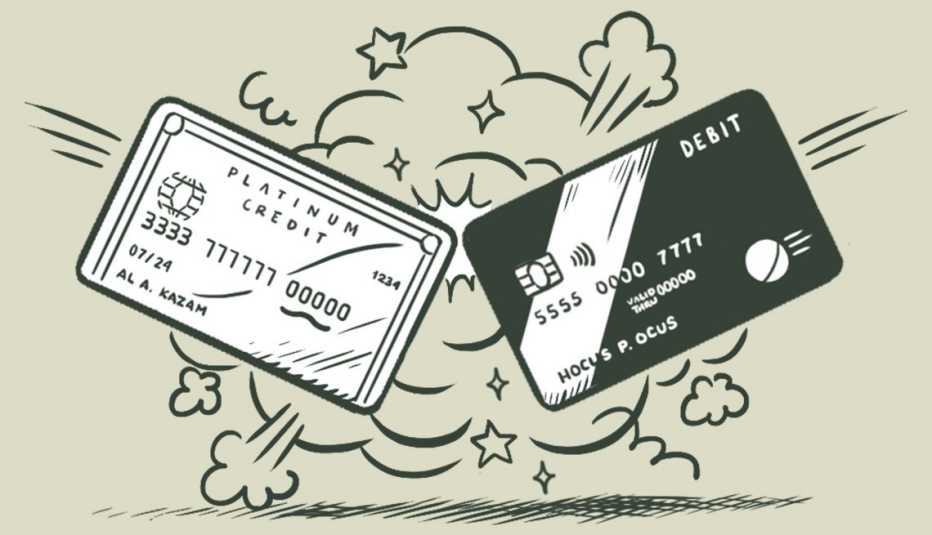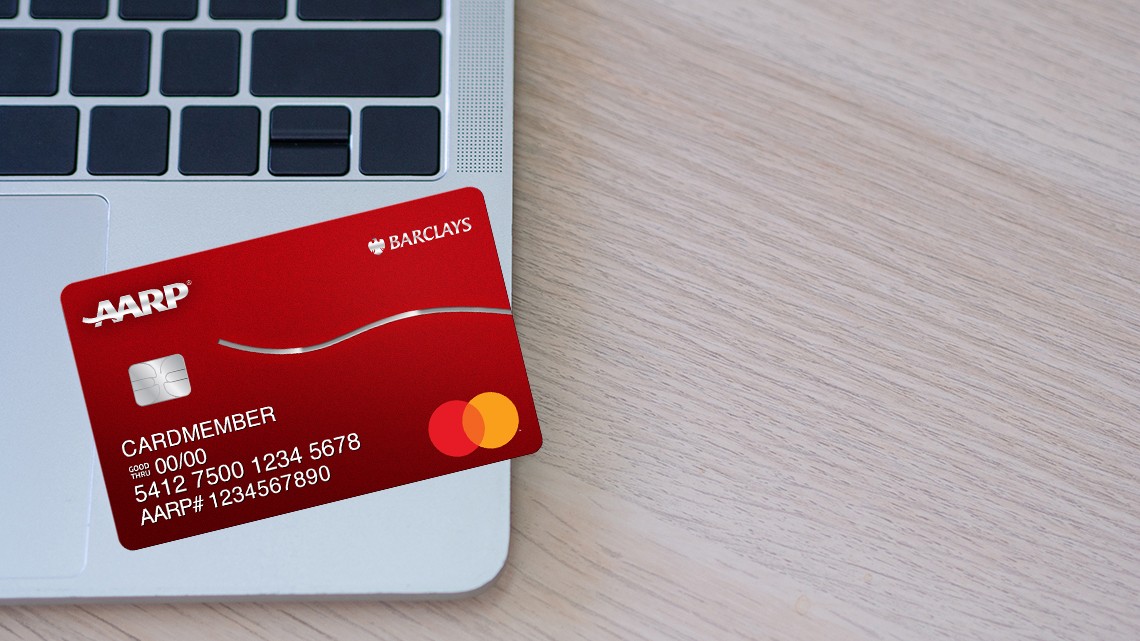Staying Fit

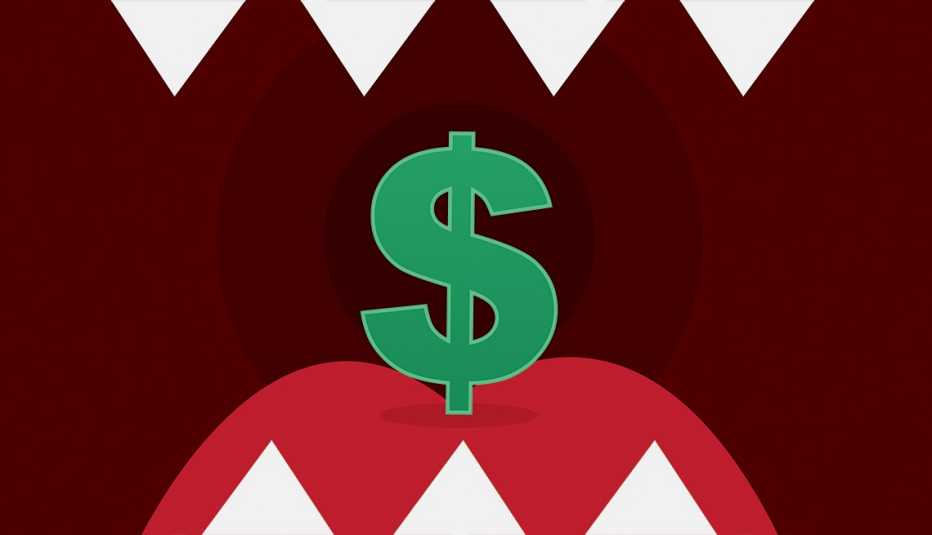
You may not realize it, but there are little money vampires all through your life that are draining your bank account. Fortunately, they’re easier to stop than a real vampire, and you won’t need garlic or a wooden stake.
Get your budget back on track by identifying and eliminating these 12 common money wasters.
1. Ghost subscriptions
Subscriptions are easy to get online and equally easy to forget. In a May 2022 survey, C+R Research found 42 percent of consumers have forgotten about at least one recurring subscription they are paying for but don’t use.
Some automatic payments, such as for monthly utility bills, are convenient and can help avoid late fees. Others, though, can turn into big money leaks. For example, a monthly subscription to Ancestry.com starts at $24.99, and a subscription to investment-information service Morningstar Investor runs $34.95 a month. If you’re an avid user, keep the subscriptions. But if you’re not actively researching your family tree or frequently changing your investments, cancel the subscriptions before they auto-renew, and pocket the monthly savings.
Review your subscriptions and automatic payments at least annually. Even the financial pros can find something to unsubscribe to, says Tess Zigo, a Palm Harbor, Florida, certified financial planner (CFP). “During COVID, due to stress, I signed up for Calm, an app that soothes you by reading stories, [because] I couldn’t fall asleep. Now we are back to the grind, so no need for Calm stories — subscription canceled.”
2. Water leaks
Besides keeping you up all night, a dripping faucet or leaking toilet can cost you money. Let’s say your bathroom faucet drips at the rate of 10 drops per minute. According to the U.S. Geological Survey’s drip calculator, three leaking faucets at that rate translate into 43,200 drops per day, or 1,042 gallons a year. That’s a lot of water, but water is relatively cheap: For most people using city water, 1,042 gallons would cost a little more than $1.50. You should still fix the drip, though, if only for the sake of the planet.
A running toilet, however, can be a real water waster. The average leaky toilet wastes about 200 gallons of water a day, or around 6,000 gallons per month, or $108 a year. The average do-it-yourself fix for a leaky toilet ranges from $45 to $200, according to Angi. If you have a plumber do it, the national average cost is $350.
3. Bank fees
The average monthly fee for an interest-bearing checking account is $15.33, according to Bankrate.com, which translates to $184 a year. Want to avoid monthly fees? The average balance required to dodge those fees is $8,684, which is a lot of money to keep idle (unless you need it as an emergency fund).
Your bank may offer a non-interest-bearing account with no fee, which will save you that $184 a year and keep you from tying up that $8,684, which could be better invested elsewhere. You may also consider opening an account at a credit union, which typically has lower fees than commercial banks. And if you’re willing to give up the brick-and-mortar bank experience, many online-only banks (and some traditional banks) offer no-fee checking accounts.
4. Mutual fund fees
A mutual fund company, like any business, has expenses, including paying managers, accountants, lawyers and marketing executives. The average stock mutual fund charges about 0.50 percent of the fund’s assets a year, according to the Investment Company Institute, a trade group. Those fees reduce your returns or amplify your losses. Current fund fees are well below the average 1.50 percent of a few decades ago. Nevertheless, if you have $25,000 in the average stock fund, then you’re paying $125 a year, and that adds up.
You can, however, find stock index funds that charge less than 0.05 percent a year, or $12.50 for a $25,000 account. These funds send the manager packing and simply track a stock index, such as the Standard & Poor’s 500 stock index. (A handful of index funds charge nothing — zip, nada — to manage an index fund.) If you choose a fund that charges 0.05 percent a year, that’s a savings of $112.50 a year over the average stock fund charging 0.5 percent.
5. Dining out
As pandemic restrictions have eased, people have been dining out more, which is understandable. But you might be surprised at just how much you’ve been eating out. “Many folks will say, ‘We go out a couple of times a month’ or something to that effect,” says Michelle Petrowski, a CFP in Anthem, Arizona. “They are typically surprised when we add up all those sources for that spending category — including lunch at work, lunch with friends, the kids or the grandkids, takeout, Uber Eats, stops at Circle K, and Starbucks — and come up with a monthly number.”
And remember that the more of something you buy, the less satisfaction you get from it — enshrined in economics as the law of diminishing marginal utility. “I love my lattes, and if you can afford them, it’s no big deal,” Zigo says. “But if you buy one too many, you probably aren’t even getting the happiness boost from it [that you once did].”
6. Heat fiends and cooling devils
You don’t want to be wrapped in blankets at home all winter or sweltering all summer. On the other hand, do you really need the house at 72 degrees when you’re at work? The U.S. Department of Energy says you can save as much as 10 percent a year on heating and cooling by adjusting your thermostat 7 to 10 degrees from its normal setting for eight hours a day. Get a programmable thermostat and you can have the house heated (or cooled) to the temperature you prefer before you get home. Locate the thermostat properly to prevent “ghost readings” — unnecessarily high or low readings. Put the thermostat on an interior wall away from direct sunlight, drafts and windows.
7. Electricity vampires
Energy vampires are devices that quietly use electricity all day long, even when you’re not using them. Duke Energy, one of the nation’s largest electric power holding companies, says there are two common energy vampires, which they call “bricks” and “wall warts.” A brick is one of those power plugs for computers and televisions that has a big black box attached to it. A wall wart is a charger that has a large plug. When plugged in, both consume energy, even when the laptop or charger isn’t being used.
Other devices in your home quietly suck electricity all day long. That second television you don’t use? It’s draining power. That DVD player you turn on once a year during the holidays to play A Christmas Carol? It’s merrily using power all year long.






























































